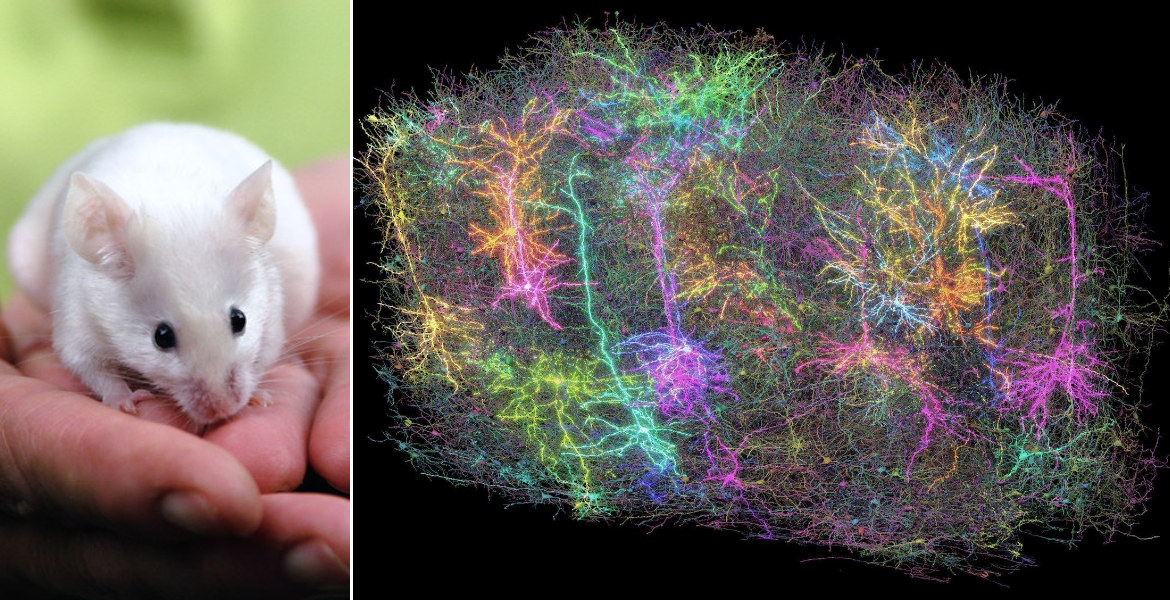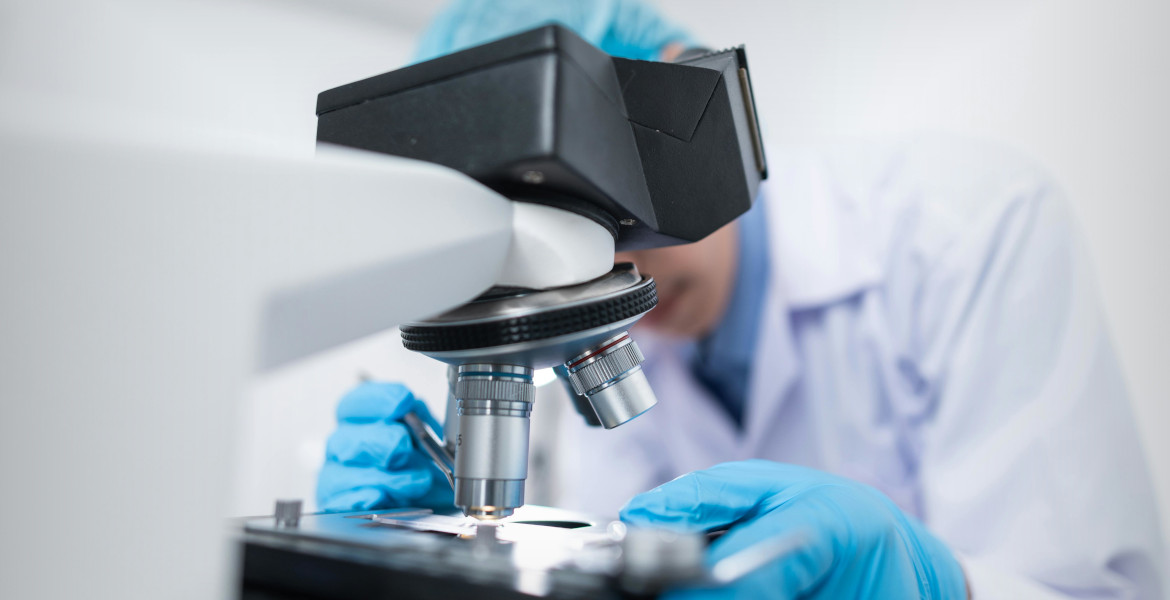Using a mouse to watch various movie clips, including The Matrix, scientists have created the largest ever functional 3D map of part of a mammalian brain. The high-resolution map contains more than 200 000 brain cells.
Thoughts, emotions, speech and movements are controlled by neurons in the brain that send signals via axons, dendrites and synapses. But how networks of neurons interact – and how disruptions in these connections can contribute to diseases such as Alzheimer's or autism - is not yet fully understood.
– You can make a thousand hypotheses about how brain cells might do their job, but you can't test those hypotheses unless you know perhaps the most fundamental thing - how are those cells wired together, Clay Reid, a researcher at the Allen Institute, tells CBC.
A new project, presented in a total of eight studies by a global team of more than 150 scientists, aims to take brain research a step further by mapping parts of a mouse brain. For two hours, the mouse was shown various clips from movies, including The Matrix, and then researchers were able to map cells in one cubic millimeter of the mouse's brain tissue, creating a high-resolution 3D map. It contains over 200 000 brain cells, of which about 82 000 are neurons.
The previous most detailed map of a human brain contains 16 000 neurons.
Like looking at the "stars at night"
The new map also captures the activity of tens of thousands of neurons that fire signals and interact with each other to process visual information. The results "are really stunningly beautiful", says Forrest Collman, a neuroscientist at the Allen Institute, who co-authored the study.
– Looking at it really gives you an awe about the sense of complexity in the brain that is very much akin to looking up at the stars at night, he tells Nature.
The researchers call the project a new fundamental step in brain research and believe that the technique developed could be useful for identifying disorders in the brain. The next step is to map an entire mouse brain.
– The technologies developed by this project will give us our first chance to really identify some kind of abnormal pattern of connectivity that gives rise to a disorder, says Sebastian Seung, a Princeton neuroscientist and computer scientist, one of the study's lead researchers.




